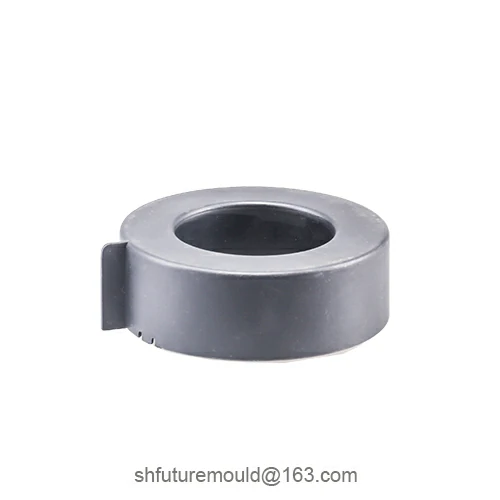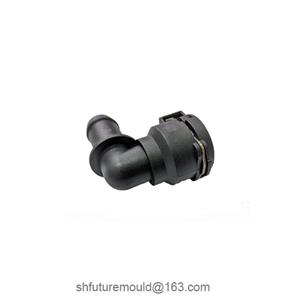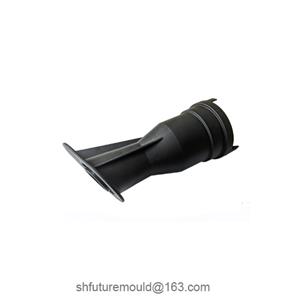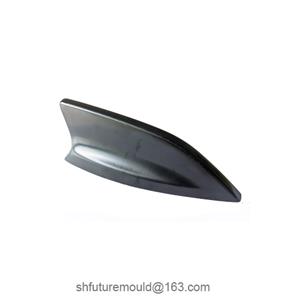Injection Mold Ejection System
The ejection system of an injection mold is a critical component of the mold structure. Its primary function is to eject the molded plastic part from the mold cavity smoothly, ensuring product integrity and production efficiency.
I. Basic Components of the Ejection System
The ejection system mainly consists of the following parts:
Ejector Pins (Push Rods): These pins directly contact the plastic part to push it out during demolding. Their shape and arrangement must be designed according to the part’s structure.
Ejector Plate: Drives multiple ejector pins simultaneously to ensure uniform ejection.
Return Pins: Reset the ejection mechanism after ejection to prepare for the next injection cycle.
Angled Ejectors (Lifters): Assist in demolding parts with complex geometries or side cores.
Pneumatic Ejection Devices: Used for precision molds or parts prone to deformation, enabling contactless ejection via air pressure.
Springs or Hydraulic Systems: Control ejection speed and reset actions to ensure smooth operation.
II. Working Principle of the Ejection System
The ejection system operates using power from the injection machine’s ejection mechanism to drive mold components and release the part from the cavity:
Mold Opening: After injection molding, the mold splits, separating the core and cavity.
Ejection Activation: The injection machine’s ejector rod pushes the ejector plate or pins forward.
Part Ejection: The ejector pins or plate act on the part, detaching it from the cavity.
Ejection Reset: After part removal, return pins (via springs or hydraulics) and reset the ejector components for the next cycle.
III. Key Design Considerations
Proper Ejection Force Calculation
Calculate ejection force based on material, geometry, wall thickness, etc., to prevent part deformation or damage.
Optimal Ejection Point Distribution
Position ejector pins uniformly to avoid stress concentration, especially in thin-walled or complex areas.
Minimizing Ejector Marks
For high-surface-quality parts, use large-area ejector plates, pneumatic systems, or multi-point ejection to reduce pin marks.
Preventing Part Sticking
Incorporate angled ejectors or lifters to address sticking caused by part shrinkage.
Controlling Ejection Speed
Use spring or hydraulic damping devices to avoid part damage from rapid ejection.
- Injection Mold
- Automotive Injection Mold
- Electronics & Electrical Injection Mold
- Consumer Goods Injection Mold
- Airplane Components Injection Mold
- Medical Components Injection Mold
- Irrigation Components Injection Mold
- Injection Molds




